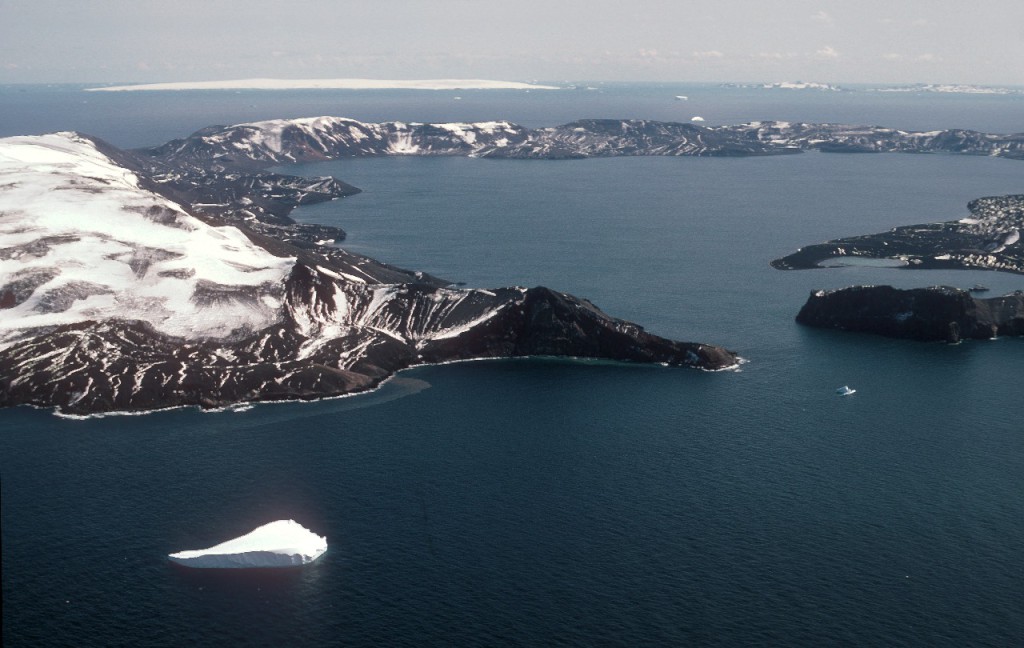The whole of Antarctica is designated as a natural reserve devoted to peace and science by the Antarctic Treaty’s Protocol on Environmental Protection. However, certain parts of the continent are so important that they are given even greater protection by the Protocol’s system of protected and managed areas.
Over seventy Antarctic Specially Protected Areas (ASPAs), Antarctic Specially Managed Areas (ASMAs) and 85 Historic Sites and Monuments (HSMs) have so far been designated.
By taking an active part in the Antarctic Treaty system, British Antarctic Survey plays a crucial role in protecting these special sites, and the UK has been responsible for proposing the designation of several protected areas in Antarctica.

ASPAs are areas of outstanding wilderness, scientific or environmental value. A permit is required to enter an ASPA, and any activity within it must be conducted according to a management plan. The UK has proposed a number of sites as ASPAs and is most recently responsible for the designation of Marion Nunataks on Charcot Island in 2007.
ASMAs are areas where human activities need to be coordinated to avoid mutual interference, for example in areas occupied by two or more Antarctic research stations. Even though a permit is not required to enter an ASMA, activities within these areas are governed by management plans. In 2005, together with Argentina, Chile, Norway, Spain and the US, the UK succeeded in designating Deception Island as an ASMA.
Although ASMAs and ASPAs can be designated to protect special marine areas, there are currently only six entirely marine ASPAs. British Antarctic Survey is involved in an International project to classify Southern Ocean ecosystems that will help to identify new marine protected and managed areas.
Echoes of humans’ first contact with the continent, and of Britain’s pioneering role in the heroic age of Antarctic exploration, are also protected by HSMs, including the cross at Cape Evans on Ross Island. Erected in January 1913 by the British Antarctic Expedition of 1910-13, the cross is a memorial to Captain Robert F. Scott’s party, who perished on their return from the South Pole in 1912. There are several HSMs on the Antarctic Peninsula. These include Port Lockroy which was restored and turned into a “living museum”, and is now managed by the UK Antarctic Heritage Trust.
